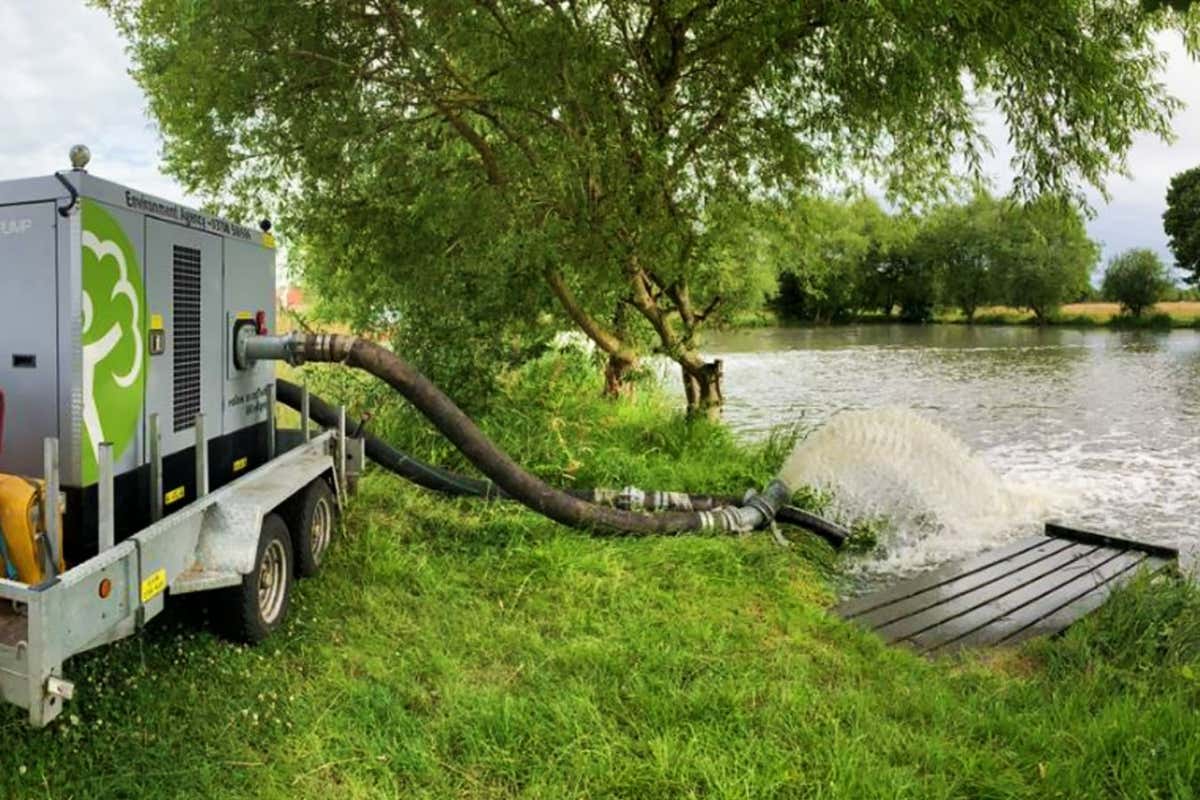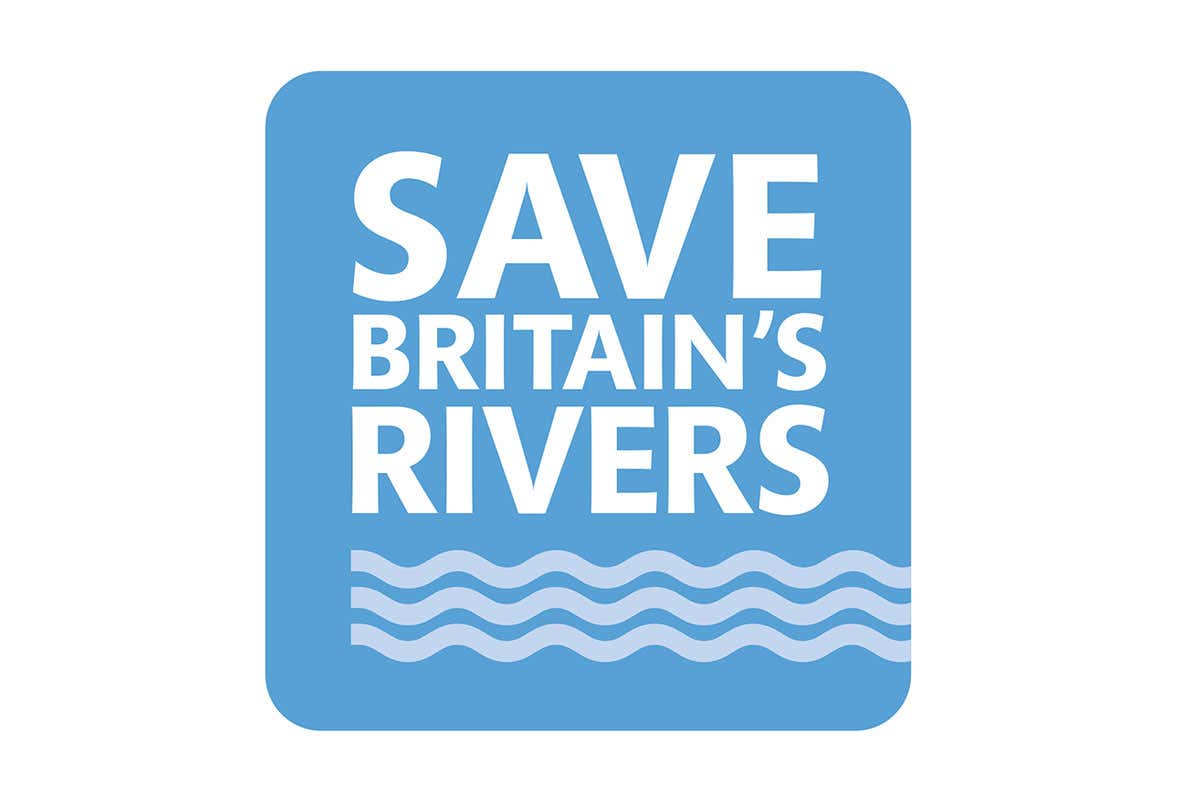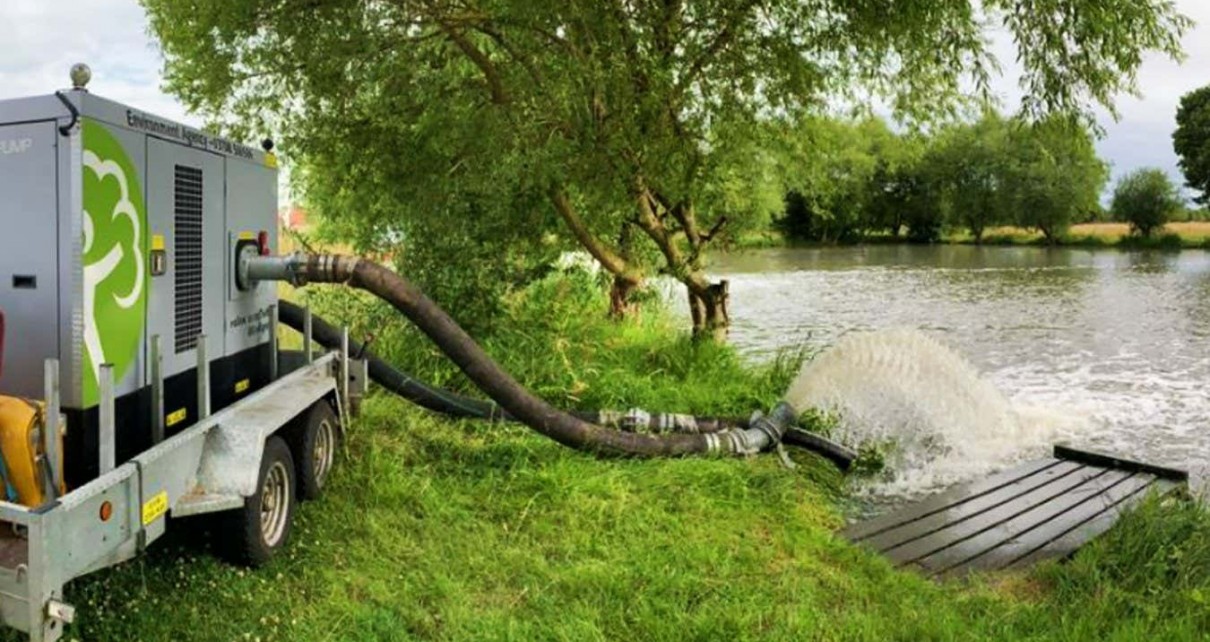[ad_1]

Emergency oxygenation at a fishery in Worcestershire, UK, last year
The Environment Agency
English rivers were pumped with emergency oxygen in a last-ditch effort to save fish from dying on almost 100 occasions in the past five years, New Scientist can reveal.
Rivers can become deoxygenated for a variety of reasons, including sewage dumping that encourages the growth of bacteria and plants such as algae, which can result in the consumption of oxygen. Hot weather can also play a role, as water holds less oxygen at higher temperatures.

To combat these effects, the Environment Agency (EA) in England has emergency measures in place to pump oxygen into rivers with the aim of preventing fish and plant deaths.
Last year saw 25 instances of the EA doing this, according to a freedom of information request, while there were a total of 74 deployments between 2018 and 2021. The figures for this time period only include 13 out of the EA’s 14 operating areas, and data isn’t yet available for 2023, meaning that while there were at least 99 emergency oxygen deployments in the past five years, the true figure is likely to be higher.
Graeme Storey, fisheries manager at the EA, says the organisation hasn’t officially analysed whether the use of emergency oxygen measures has increased in recent years, but says that anecdotally it seems like it has. “It does feel as though the number of reports received of fish in distress has increased over recent years,” he says. “The signs to look out for are fish gasping for air, appearing lethargic in the margins and dead fish floating on the surface.”
The EA pumps oxygen in several ways, such as using liquid hydrogen peroxide, which breaks down into water and oxygen, and mechanical aerators, which increase oxygen in the water body by disturbing its surface. “Used in isolation, mechanical aeration is slower to raise oxygen levels, but it is a great option for chronic issues such as regular algal blooms,” says Storey.
Climate change is likely to increase the need for emergency oxygen in rivers in the future, says Storey. “There are two factors at play here, increasing temperatures and extreme rainfall events acting in combination with underlying pressures on the aquatic environment,” he says. “If global temperatures continue to rise and stay higher for longer periods, this will cause ongoing challenges for wild fish populations and fisheries.”
“The use of emergency aeration shows that fish populations in a number of England’s rivers are on life support,” says Gary Caldwell at Newcastle University in the UK. “Our changing climate is expected to bring increasingly prolonged periods of low rainfall, which, compounded by sewage and agricultural runoff, could mean that artificial oxygenation becomes the new normal, making our river’s wildlife that little bit less wild.”
“Oxygen pumping is an important emergency measure in fish rescue, but keeping rivers cool, protecting flows and reducing pollution are all important longer-term measures to protect rivers against the impacts of climate change,” says Steve Ormerod at Cardiff University, UK.
Topics:
[ad_2]
Source link




